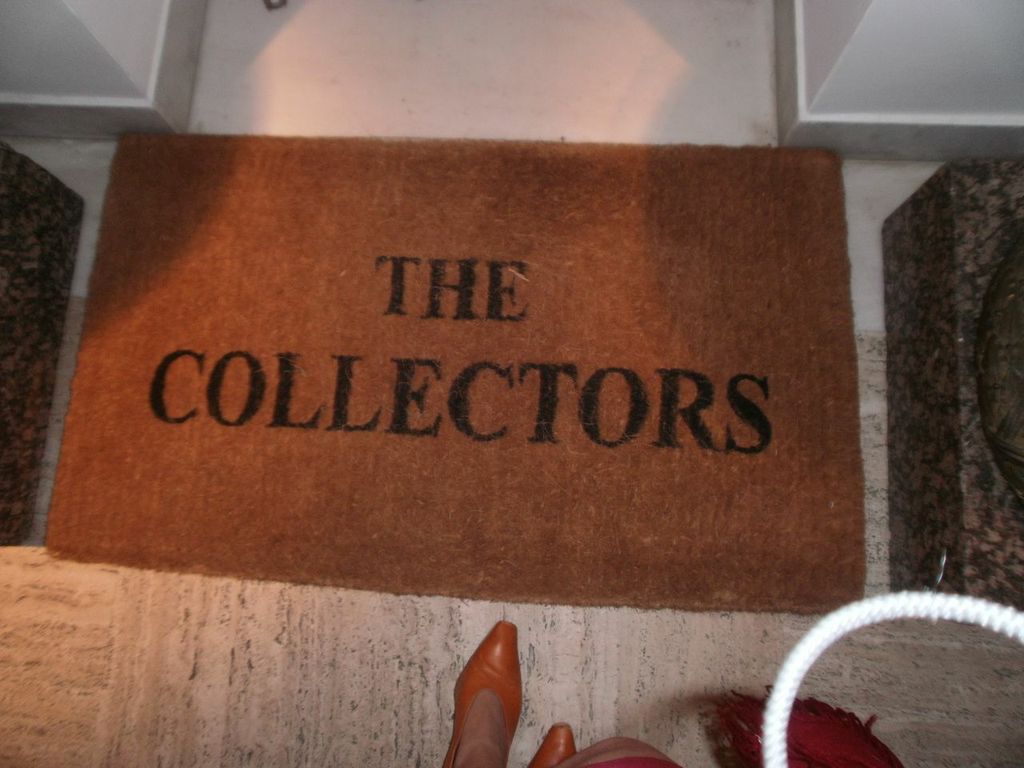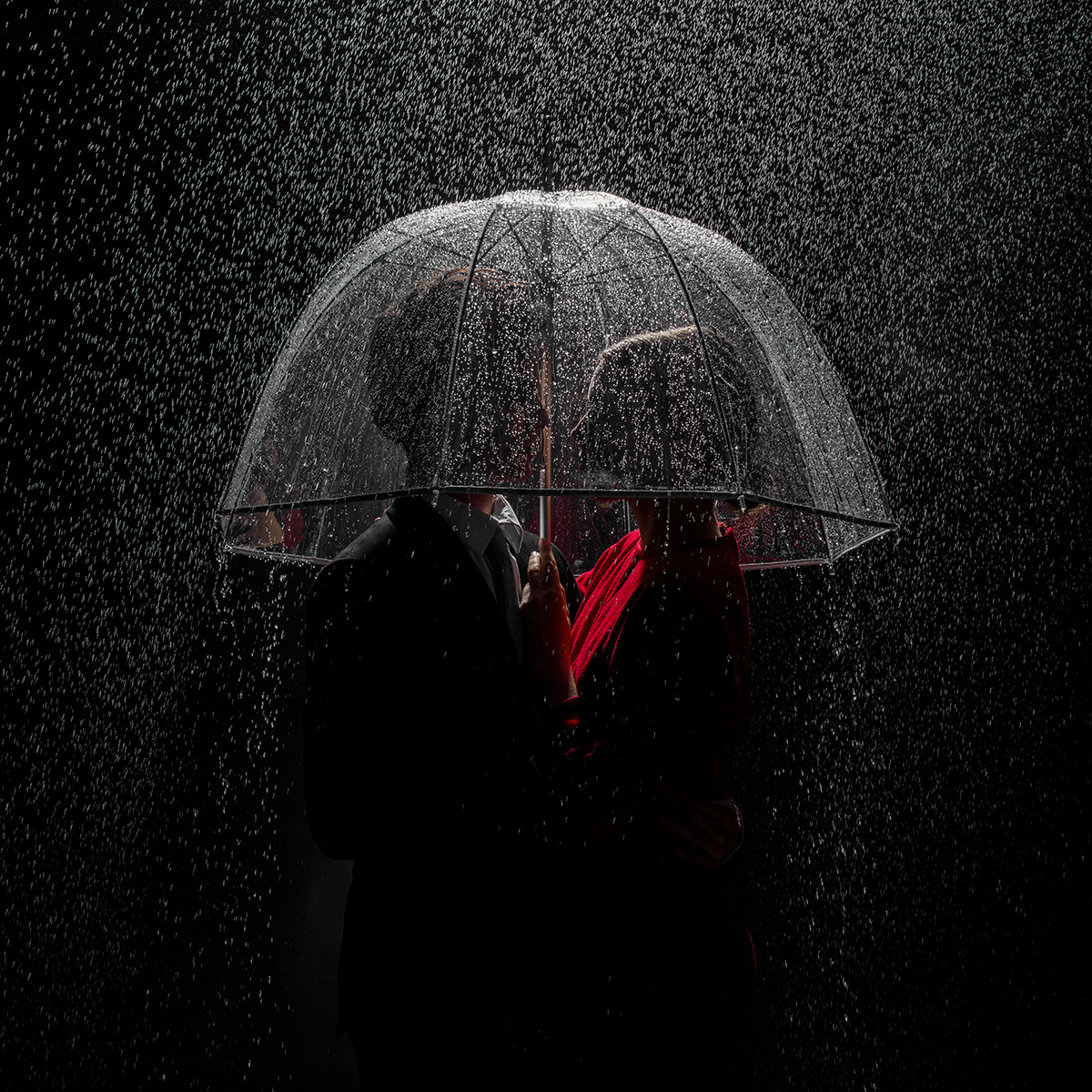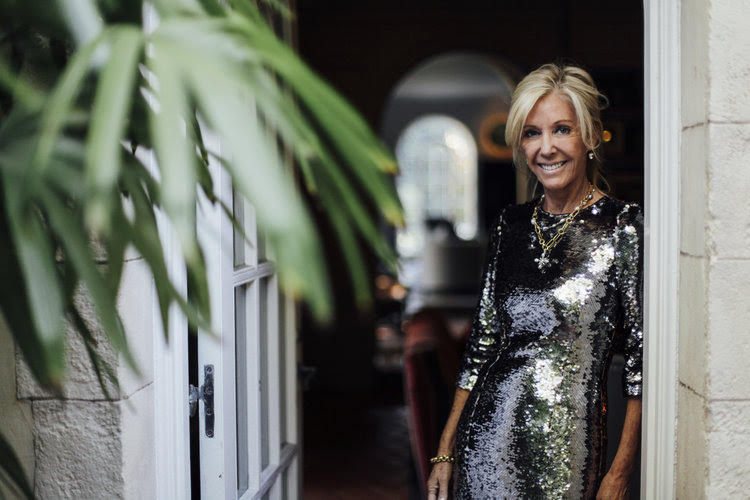Silent Exchange is an exhibition of award-winning photography by one of the world’s most celebrated landscape photographers, Charlie Waite, now on show at The National Theatre.
Can you define for us the ‘silent exchange’?
“Silent exchange” is about the search for beauty. Thesaurus defines “beautiful” using definitions just as ambiguous as the word beautiful itself: lovely, attractive, good looking, gorgeous, stunning, striking, fine looking and handsome.
That beauty which is in the eye of the beholder is obviously best left for the individual, but might there be a universal, undisputed beauty to be found within the landscape that may stir our heart and soul and awaken an emotional response that is simultaneously personal and shared. Our response to beauty has the power to unite us.

Cultural history and bias may cause a particularly strong common response within the “tribe” to what is beautiful and not. But when considering beauty that lies not in the human form but in the landscape, there is a unique ability to transcend cultural differences with uncommon ease.
The ability to behold beauty appears to be a uniquely human quality. Did you ever see a horse standing in a field admiring the sunset? This leads me to wonder whether, in the moments of appreciating beauty I am closest to my true nature of what it is to be human?
Through my photography, I am fortunate enough to constantly find myself engaging and responding to beauty within the landscape. The moment of recognition instantly stimulates my response – my desire to make that precious and yet all too often fleeting moment of
beauty last forever. Predictably there follows a wrestle between my eye, my heart and my head as I seek parity between my experience of beauty in that moment in the landscape and what of that beauty will prevail within the image, to share with others. That climate of insecurity is both healthy and stimulating for me. The process of making the image is inspired by my response to beauty and my desire to share its precious effect.
Beauty is good for us – there I have said it.

We can draw succor and replenishment from it in whatever form we may engage with it. We can wonder, revere and relish it in a deeply personal way.
The impulse and compulsion to photograph the landscape in one of its perfect performances can only be defined as a need to retain and own the experience both emotionally and of course visually.
It is the photograph that can (one hopes) achieve that so effectively.
My camera and the previsualisation that precedes actually making an image, act as a wonderful conduit through which to fully explore and investigate. My camera does not separate me from beauty; it draws me ever deeper in.
Some days ago, a hazy pre-dawn found me on the edge of a field waiting for strengthening light to develop and provide contrast; it was one of the loveliest waiting periods I have known. During that hour or so and remaining in the same position, I entered into what felt like a heightened world of closeness to everything.
Observing sky and its capricious nature is par for the course for me, but on that morning my sky was full of misty continents and beautiful drifting cloud. Below, hares, pheasants, foxes and a thousand conversations from birds filled me to the brim with a silent joy in which all the questioning disappeared. I remained there, smiling and transported upward and away from my concerns and myself and entered into that place where I knew I belonged.
As I returned, I knew in the core of my being that the need for all of us to no longer be so dislocated from the natural world is of paramount importance.
I would wish for a return to beauty wherever it can be found and interpreted and for it to become our maxim and for beauty to sweep us upward and outward in its celebration.
Your work is quite idiosyncratic, employing an almost Albertian use of perspective. What is the particular purpose of this?

The great poverty of all photography is the inability of the medium to convey a three-dimensional view and to convey depth, which is obviously pivotal to a powerful image that can draw the viewer into the heart of it and beyond.
I am always trying to compensate for this by revealing as many planes as possible to the viewer, which act as stepping stones to travel from the front, through the middle, and finally to the back of the image.
Juxtaposing highlights against shadows can also sometimes act as another device to do this.
What quality does a landscape have to have in order for you to shoot there?
There needs to be a collection of elements that when orchestrated to fit and relate with one another, result in a cohesive and coherent image. In addition, there needs to be, from the photographer, a sense of reverence and wonder and a need to “own” the moment that could be fleeting.
Landscapes – or rather our images and memory of them – are somewhat ephemeral and replaceable. How do you challenge this notion?

The demands made on the landscape photographer are numerous. The main one is to ensure that the resulting image is not simply a record of what the individual saw, but an image that conveys to the viewer something of the photographer’s emotional response and when revisited in the form of a print will evoke a large percentage of what the photographer experienced at the time.
We live in an age of camera culture where anyone can take photographs. What distinguishes a photographer from the amateur?
Digital photography has resulted in everybody (statistics show) making a photograph of something or someone every day and photography has become readily available to
hundreds of millions of people, in a way that it never was before. However, the illusive nature of securing an image that will have long-lasting, profound and enduring value for future
generations is still as difficult to achieve as it ever was.
The photographer needs to be able to define the objective and pre-visualise in advance of depressing the shutter. The photographer needs to devote themselves entirely to their ‘production’ and to invest all of their creative energy to producing their images. There needs to be a great understanding of light, dimension, geometry and design and of course colour and if black and white, then how each colour will convert to monochromatic values.
Who has been the greatest influence on your work?
The craft of photography requires absolute conversance with the technical element, which often acts as a barrier for many people. Ansel Adams was a great technician and an artist and with his ability to grapple with high and low contrast along with the perennial vagaries of lighting, he remains my great mentor.
Looking at his iconic images reminds me of his breadth of vision and technical ability, which to my mind is second to none.
Free exhibition. No tickets required.
Open during building opening hours
Mon – Sat: 9.30am – 11pm
Sun (when open): 12 noon – 6pm
Exceptions:
Closed 24 and 31 August
and 7, 14 and 21 September
Open from 9.30am – 8pm on
5, 6, 8 and 9 September
and from 4–11pm on 25 September
Images courtesy of Charlie Waite.





 Saving...
Saving...